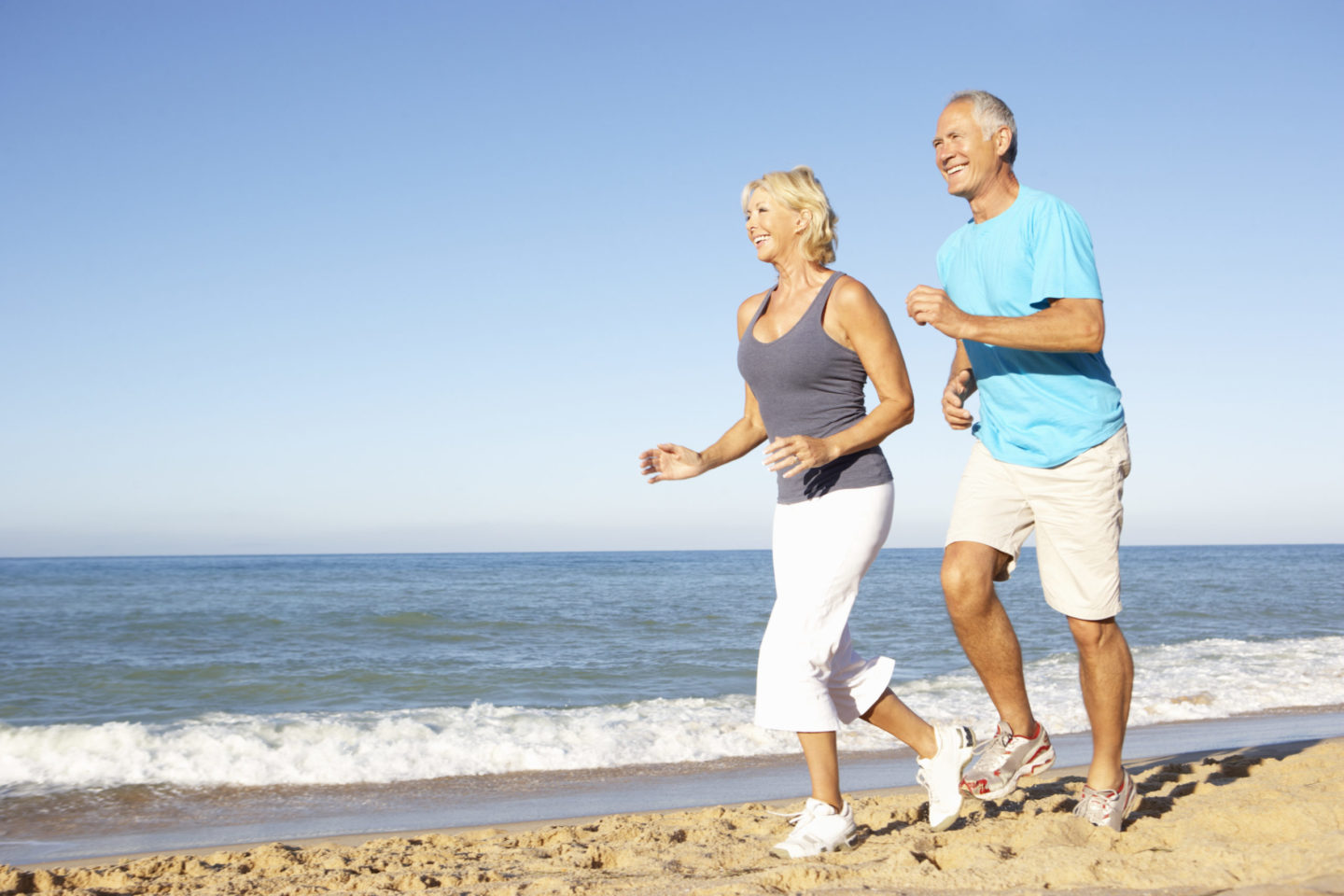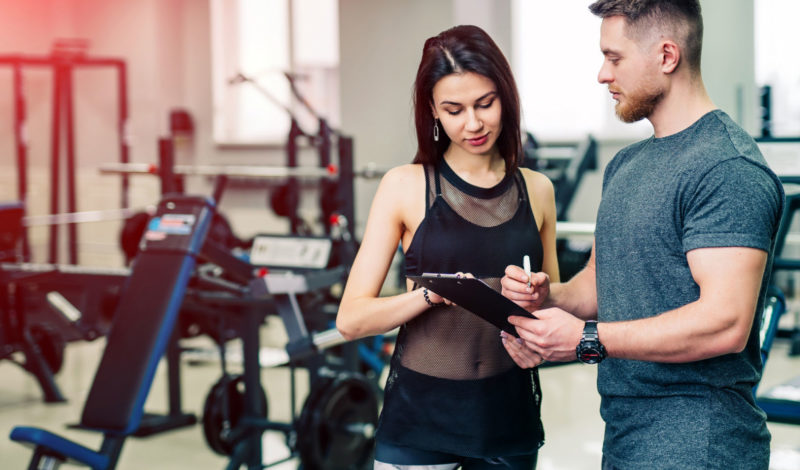With muscle building your body reacts when the corresponding muscle is irritated by training. If you challenge your body beyond [...]

Muscle gain in a old age
Muscle building exercises are important at any age.
At BIOMES you can find out what muscle building exercises should look like from 40, 50 or older.
Strong muscles support the entire musculoskeletal system. It prevents injuries, stabilizes the body and protects joints and bones from wear and tear. Targeted training to build up muscles is therefore recommended for everyone, especially in old age – but of course also in younger years. Only the intensity and focus of the training changes depending on the phase of life. With increasing age, sports activities serve above all functional and health aspects. A healthy diet that is tailored to muscle building complements the training.
Muscle gain over 50: More important than ever
From the age of 50, an average of one to two percent of muscle mass is lost per year. The loss of general fitness also affects the organs. Thus, the loss of muscle strength is accompanied by a slowing of the heart rate. This in turn can affect the supply of nutrients via the bloodstream. Regular training to build and maintain muscles can counteract this development and is a decisive factor for more well-being. In addition, people who attach importance to good fitness and strong muscles are often more mobile and agile in old age than those who neglect physical strengthening.
Muscle building for seniors in small steps
Regardless of whether a muscle building training is done at the age of 50, 60 or 70 – strength exercises are only recommended if you have a certain level of fitness, agility and flexibility. Otherwise they can lead to overloading and injuries. To avoid this, seniors should approach strength exercises carefully and gradually increase the load.
For the muscle building for beginners from 40 or 50 years of age, for example, regular walks, cycling, Nordic walking as well as simple gymnastics or stretching exercises are recommended. In this way the body as a whole is mobilised and gently introduced to strength training. The following simple exercises are suitable for the beginning:
- straighten up from the supine position, without using your arms
- just stand up with your legs, without supporting yourself with your hands
- lying on your back, spread your arms away from your body, lift them up and bring them together over your face – start with about 8 repetitions and increase slowly
- while lying down alternately bring your knees to your stomach and then stretch your legs out again
Building muscle in old age at the gym
In order to achieve a holistic improvement of neuromuscular functions, strength training should aim at strength, coordination and mobility. In addition, it is important to give the musculoskeletal system more stability for muscle building from the age of 50. The best way to achieve this is with free weights and exercises with your own body weight
If the stabilising muscles and coordination skills are not yet sufficiently developed, it can be useful to first train with and on equipment in the gym. Make sure that the exercises are performed correctly to avoid injuries and incorrect strain. The trained studio staff will guide you through the exercises.
Which muscle groups are particularly important?
Basically, the exercises should strengthen all muscle groups. However, functional training of the support and holding muscles is particularly relevant, as it helps to maintain mobility in old age. The support and holding muscles include the abdominal muscles, the back muscles and the leg muscles.
Exercises such as squats, bench press or rowing also improve coordination and thus ensure greater safety during movement sequences. Stretching exercises between training sessions prevent limitations and make muscles and ligaments more flexible.
You should definitely avoid one-sided training. Always combine muscle building in old age with light endurance training. Nordic Walking, swimming or special courses in the gym are ideal endurance sports. Since training not only puts strain on muscles but also on joints and the cardiovascular system, seniors should have regular check-ups by their family doctor. This is especially true if they already have previous illnesses.
Building muscle in old age in combination with a balanced diet
The most important nutrients for the muscles are proteins. A protein-rich diet supports muscle building in old age. Meals should contain both animal protein (e.g. from fish or low-fat dairy products) and vegetable protein (e.g. from soya, cereals, legumes or nuts). In combination with foods that provide complex carbohydrates, the body receives sufficient nutrients and the necessary energy for strength training. Whole foods, preferably unprocessed, also provide valuable fibre, vitamins and minerals. They are mainly contained in whole grain products, fresh fruit and vegetables.
The innovative intestinal test INTEST.pro from BIOMES helps you to find out how balanced your diet is and how well your body is supplied with nutrients. By examining a stool sample you will receive detailed information about your individual calorie consumption, your immune strength and the bacterial balance in your intestine
1. Cho I, Blaser M J. The human microbiome: at the interface of health and disease. Nature Reviews Genetics 2012:13, 260-270. ↩



